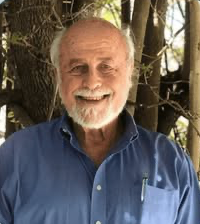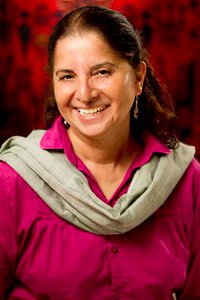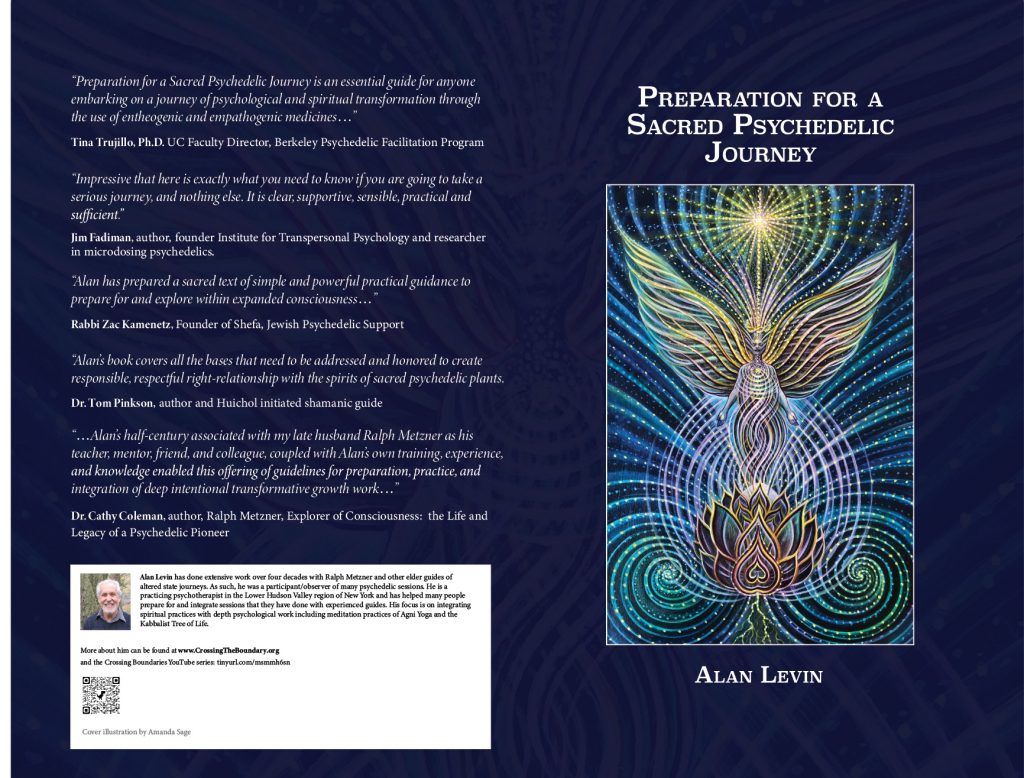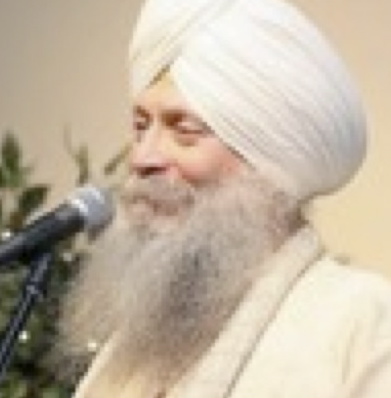Covid InspirationsJust now·6 min read
“If I succeed in loving you, I will be able to love everyone and all species on Earth… This is the real message of love.”
― Thich Nhat Hanh
“The bullets fired by a crazed gunman only travel
a distance measured in feet;
the hatred generated by that gunman’s subtle energy field of
thought and emotion can travel around the world.
So can the energies of love.”
–David Spangler
“There’s a disturbance in the Force!”
–Obi-wan Kenobi
When I started the site on Medium, Covid Inspirations,
like many other folks, I thought the pandemic would run its course
fairly quickly. Wrong, at least insofar as “quickly” meant a year or so.
I also thought that perhaps this visitation from the micro-organismic
earth intelligence would serve to unify humanity in a collective effort
to respond. Wrong again.
There
were signs in the early days of the pandemic that a spirit of goodwill
and cooperation was being fostered. It was noted that this was the first
time in human history that people in all parts of the world were
focused on dealing with the same sense of threat. Also, people were
being asked to make sacrifices to keep themselves and their community
safe and they were finding creative ways to do this, to help their
neighbors, to make music across the streets in lockdown, to wash their
hands as rituals for all of humanity. Most of the posts in Covid
Inspirations had reflected this hope.
But it soon became clear that the strategies for responding to the pandemic became just another dividing and militantly polarizing issue in a humanity already at war with itself. This division about the response has compounded the stress of the physical aspects of the pandemic exponentially. Truthfully, I’ve found it hard not to contribute to the divisiveness myself in words and in my heart. It seems clear that the unifying lessons of the pandemic are not easy ones. Listen to the words of the Benedictine Sister Joan Chittister, “Land of the Free — Home of the Self-Centered.”
On
the far other end of the spectrum, Robert Kennedy, Jr often references
the holocaust and Nazi Germany in describing the vaccine and the
mandates.
Perhaps
it’s time to step back and revisit the question of what the virus
itself may be telling us. David Spangler’s essay (the most read piece on
Covid Inspirations), does this in reporting a message from a ‘subtle,
wise entity’ that communicated with him about the pandemic. https://medium.com/@covid.inspirations/message-from-david-spangler-7ce7a700a665 . Spangler received the following suggestions from his non-physical friend:
“In
this pandemic, you look upon the microbial realm as an enemy. This can
only add to the imbalance. Please send love into this realm.
“There
has been a cry for help from many sources in the natural world and the
beings that serve it, and this virus is responding to this cry. You can
build a civilization that serves your needs and aspirations while also
serving the harmony and well-being of the world around you. You will
need to make changes, but this is within your capacity. You need to see
yourselves as citizens of a planetary, Gaian community. This virus
reminds you of this.”
Dr.
Carroy Ferguson, president of the Association for Humanistic Psychology
does something similar. Dr. Ferguson calls attention to the ideas of
quantum physicist, David Bohm, that there is an implicate order in the
universe within which we can commune and communicate with other
intelligent life forms. He “wondered what would happen if I opened my
mind to see what would emerge from the implicate order in a dialogue
with COVID-19.” The full text is here: https://www.academia.edu/68031590/An_Inner_Dialogue_and_Message_From_COVID_19_Carroy_Cuf_Ferguson_Ph_D_President_Association_for_Humanistic_Psychology_Professor_University_of_Massachusetts_Boston. Some excerpts:
“As
I understand it, your Collective Consciousness as a species is seeking
to become a more mature Collective Consciousness that understands its
connection to All That Is consciously. It is why you are here at this
time in human history, and why I am here…
”I also want you to know that just like all aspects of All That Is, I too have consciousness and purpose….
“My
message is a simple, yet broad reminder message. That message is: It is
time to change how you think about and act toward one another; it is
time for each of you to get in touch with who you truly are as souls on
the planet at individual and collective levels and to embrace your power
as a creator of your reality. At individual and collective levels, it
is important that you recognize and understand the true nature of your
interdependence with one another as souls, your Group Soul-Linked
Consciousness as a species, and your interdependence with the Soul of
the planet that you inhabit. Your consciousness, like my consciousness,
therefore, is very much linked to the Consciousness of All That Is and
to the Consciousness of what you know as Mother Earth or Gaia….
“You
know and call me a virus and you currently view me as an enemy against
which you must fight. I am not your enemy, although I understand that I
appear to be. As strange as it may sound to you, I am here as a
collaborative teacher and learner with you at individual and collective
levels. I learn and adapt just like you do….
“My
mutations are my expressions of what I learn about how best to live
with you, how to communicate more effectively and efficiently with you
and your body consciousness so that I can do less harm and co-exist with
you. Likewise, your vaccines are your expressions of what you learn
about how best to live with me. Your vaccines, in other words, are the
methods you have developed to learn how best to communicate more
effectively and efficiently with me and my consciousness. You see, we
are both engaged in a collaborative and cooperative learning process to
figure out how to more effectively and efficiently communicate with one
another so that we can co-exist together…
“So, why am I here? My role, my broad purpose, is to assist in the evolution of your Collective Consciousness as a species…..
“While
my origin may be scientifically interesting, what is more important is
that for the first time in human history, as you understand it, you are
now engaged in the same global conversation. This external condition,
which you call a pandemic, is a necessary context to assist you in the
evolution of your Collective Consciousness as a species. Through this
kind of global, external conversation, opportunities have been, are, and
will continue to open up…
So
does any of that resolve the questions about whether the vaccines are a
good thing? Whether we should have mandates for mask wearing in public
venues? Whether any particular medical intervention is worthwhile?
Whether the public health measures that have been adopted have caused
more suffering than the virus or saved us from a enormously greater toll
of illness and death? I don’t think they answer any of these questions.
Whether
or not you believe the source of these ideas is anything other than a
human attempt at wise counsel is not really the point. There is no
denying that humanity is in peril as a result of it’s failure to respect
and live in harmony with the web of life of which we are a part, from
the micro to the macro. It’s clear that this lack of an attitude of
respect and empathy is in full expression in human-to-human relations,
making it almost impossible to address any of our problems with a spirit
of trust.
Einstein
is often quoted as saying “A problem can’t be solved from the mindset
that created it.” These “voices from beyond” are telling us to shift our
consciousness, to expand our consciousness They tell us that only from a
state of mind that loves and includes all beings will we find our
direction not only with COVID, but with all the much greater challenges
coming our way.
As
a psycho-spiritual therapist I feel a need to add that expanding
consciousness does not mean avoiding or suppressing the fear and anger
that are a natural human response to behaviors that are hateful and
abusive. While we need to recognize, accept and honor these feelings, we
don’t need to feed them. We can learn to transmute their energy into
the fuel for action with compassion in service to Mother Earth.
The
very recent passing of the venerable zen master, Thich Nhat Hanh,
brings to mind his explanation of the essential Buddhist teaching called
“inter-dependent co-arising.” Nhat Hanh tells us that this means “that
everything arises in dependence upon multiple causes and conditions;
nothing exists as a singular, independent entity.” To paraphrase Rumi,
“There is a field — a unified web of inter-dependent beings, co-arising —
I’ll meet you there.”




